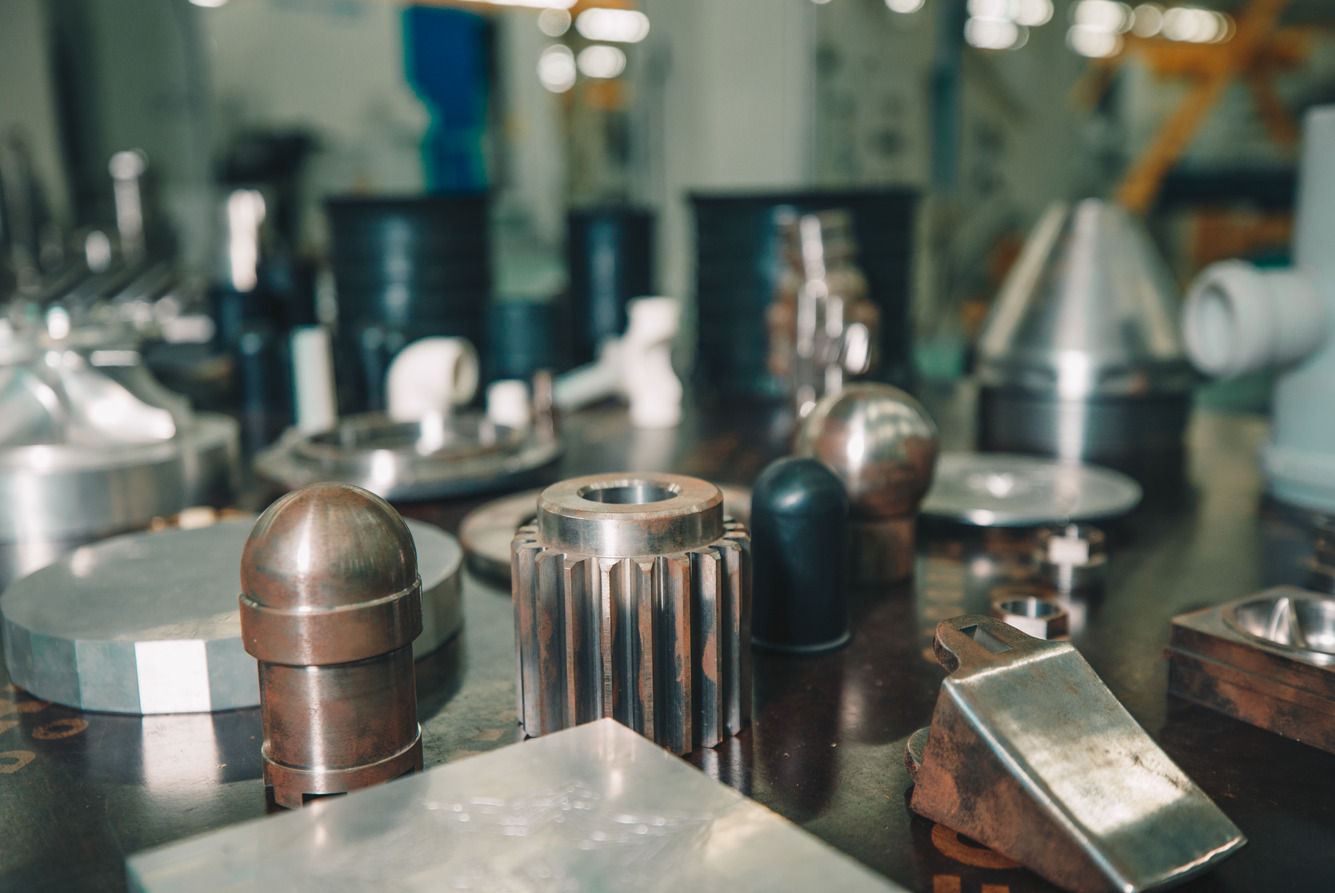

In its most basic form, stainless steel is made up of steel (iron and carbon) and at least 10.5% chromium. This alloying element gives stainless steel its signature resistance to corrosion and rust. However, sometimes other elements are added to the mix to further enhance the properties of the steel. This results in a variety of stainless steel grades that have specific characteristics suited for different applications.
To help you better understand the role of different alloys in defining stainless steel grade, we at New Mexico Metals LLC – the leading metal supplier in Albuquerque – have put together this informative guide. We’ll explore the alloys that are commonly used in the production of stainless steel and how they can affect the final properties of the material.
But before we dive into that, let’s first discuss the different types of stainless steel to lay the foundation for our discussion.
Depending on the concentration of chromium, nickel, and carbon, stainless steel can be divided into three different types:
Austenitic stainless steel contains high amounts of chromium (16-26%) and nickel (up to 35%). This makes it highly resistant to corrosion and heat and very ductile and easy to weld.
With a low carbon concentration (less than 0.2%), zero nickel, and chromium levels of 10.5-26%, ferritic stainless steel is known to offer better corrosion resistance than martensitic steel – but less than austenitic grades.
Contains low carbon concentration (0.2-1%), high levels of chromium (11.5-18%), and less amount of nickel (0.2-1%). Martensitic offers good ductility, strength, and magnetism while maintaining moderate corrosion resistance.
Now that we have discussed the three main types of stainless steel let’s take a closer look at the different alloys that are commonly used in the production of stainless steel grades. These alloys are added to the steel to alter its properties and enhance its performance in different environments.
While chromium content determines whether steel is “stainless” or not, molybdenum improves the corrosion resistance of all stainless steels. It is commonly added to austenitic stainless steel to form stainless steel grade 316, which is known for its high resistance to corrosion in both acidic and marine environments.
Nitrogen is used as an alloying element in austenitic stainless steels to improve their mechanical properties and corrosion resistance. When combined with grade 316 (molybdenum-bearing austenitic stainless steel), nitrogen forms a new stainless steel grade known as 316LN.
When added to austenitic stainless steel, copper improves the material’s resistance to corrosion, especially in environments with high levels of sulfuric acid. 204CU and 316CU are two examples of copper-containing stainless steel grades.
Present as an impurity in most stainless steels, tungsten is often added to special grades like Super Duplex 4501 to improve pitting corrosion resistance.
Stainless steel is a versatile material that can be customized to suit a wide range of applications through the addition of different alloys. By understanding the different types of stainless steel and the role of alloys in defining their properties, you can make informed decisions when selecting the right material for your project.
However, remember, different suppliers offer different grades of stainless steel with varying alloy compositions. Therefore, when looking for the right stainless steel for your project, it is important to work with a reputable supplier like New Mexico Metals LLC, who can provide you with the highest quality materials and expert advice on alloy selection.
As the leading metal supplier in Albuquerque, we have a wide range of stainless steel grades and alloys to choose from and can work with you to find the right material for your specific needs.
So, reach out to us today to discuss your project requirements and let us help you find the perfect stainless steel for your specific needs!